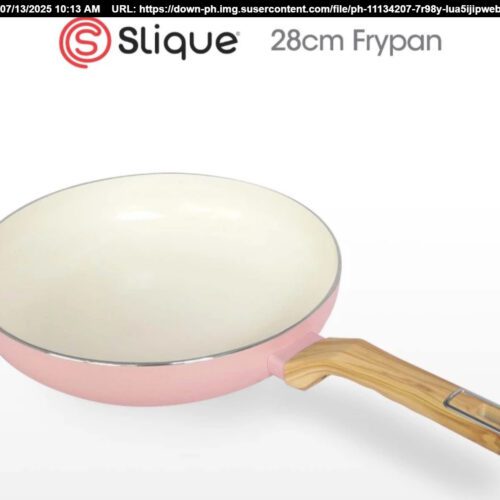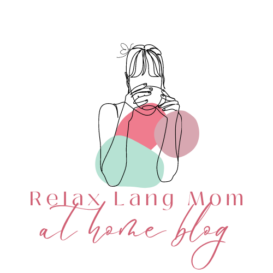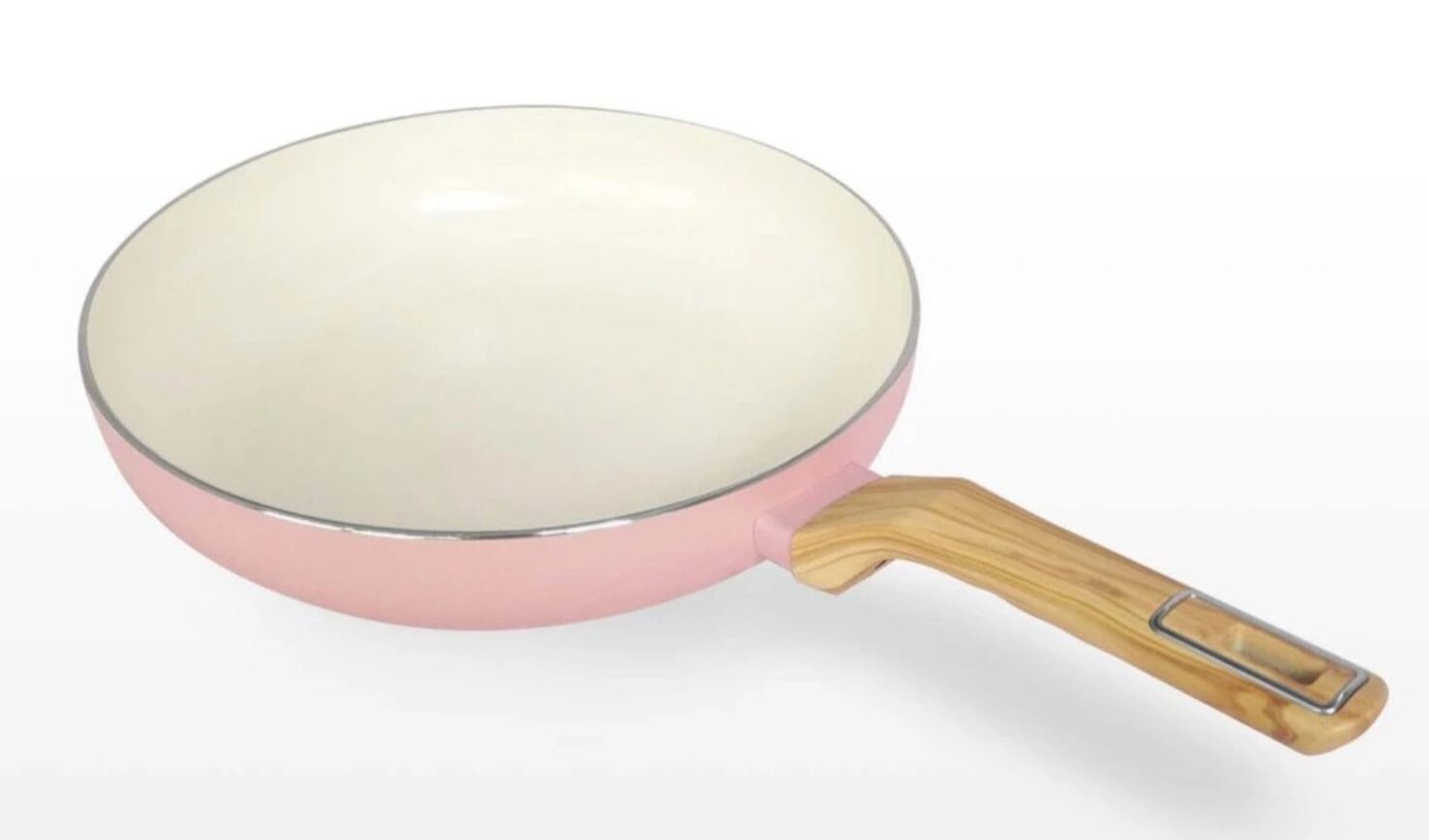So we just moved back to Manila and like any sane person setting up a kitchen from scratch (again), I found myself scrolling online for frying pans. Honestly, I’ve never really bothered about specs before. I usually just grabbed whatever was cheapest or available. But since I was buying online this time (hello, zero tactile inspection), I figured I might as well do a little homework.
I ended up at Slique because I’ve bought a couple of kitchen things from Slique kitchenware before and was pretty satisfied with both the price and quality. Anyway, there I was, browsing, when I hit a small crisis: pans vs woks.
Like, aren’t they basically the same? Turns out, not quite. Hmmm.
Fry pan vs wok: The difference (in plain language)
Fry pan (aka skillet):
Flat bottom, shallow with gently sloping sides. Great for things that need to spread out and cook evenly, like eggs, bacon, pancakes, even searing meat. It gives your food direct contact with heat all over, so you get that nice browning.

Wok:
Deep with high sloping sides, usually round (or slightly flattened for our stoves). It’s designed for high-heat, quick cooking. You toss food up the sides, it slides back down, so you can control how much it cooks. Ideal for stir-fries, fried rice, noodles. Also surprisingly handy for deep frying because the oil collects at the bottom, so you don’t need a lot.

Basically:
Fry pan = best for Western-style cooking, steady even heat.
Wok = best for Asian-style cooking, fast toss-and-go with heat control.
Quick tips when choosing
Size: For small households, a 24 cm wok is already decent. It won’t feel too heavy to toss, and still gives you space. Same for fry pans, around 24-26 cm is flexible enough for eggs to pork chops.
Material: If you hate scrubbing, go for non-stick (just remember to use silicone or wooden utensils). If you want restaurant-level sear, try stainless. This one is non stick. It’s heat resistant and easy to clean with warm soapy water.
Handle: Make sure it’s riveted or screwed on tight. Flimsy handles are a no. I love the Bakelite handle on this and pretty secure and stable too.
Weight: Heavy = holds heat better, light = easier to maneuver. Depends on your wrist situation.
Flat bottom for woks: Especially if you’re cooking on an induction or flat gas stove. (Yup, this one can be used for induction too. Which is pretty convenient for me. We mainly use gas but for emergencies, I can pull out my induction and itll work with it.
So yeah, I’m buying two.
Long story short, after reading way too many articles and watching random cooking hacks on TikTok, I decided, why not both? A fry pan for my everyday eggs, adobo searing, and the occasional grilled cheese. A wok for those “sarap paghaluin” fried rice and pancit days.
If you’re also on the hunt, here are the exact ones I bought:
🥘 Slique Wok Pan 24 cm
🍳 Slique Fry Pan
I got the pink ones and thinking of buying the rest for a collection. Wee. Now if only I could figure out which of my boxes has the turner. Story of my life.
This is the Pink Stainless Steel Non Ceramic Dutch Oven and the Slique Sauce Pan.
UPDATE: Turns out they’re called Coral and not Pink, lol. These Slique pans and dutch ovens also come in white and and grey colors.
Affiliate disclaimer: Some of the links above are affiliate links, which means I may earn a small commission if you decide to buy through them — at no extra cost to you. It helps keep my kitchen experiments (and this blog) running. Thanks for supporting RelaxLangMom!

